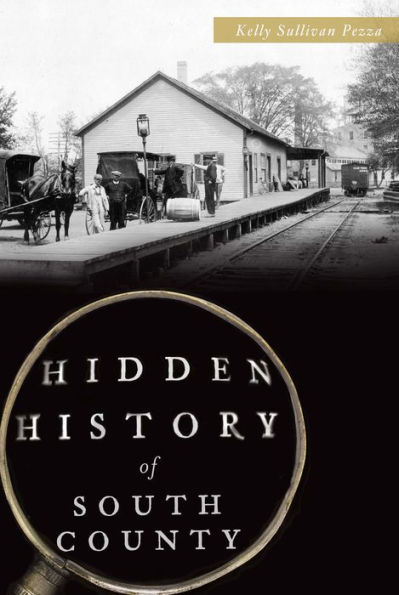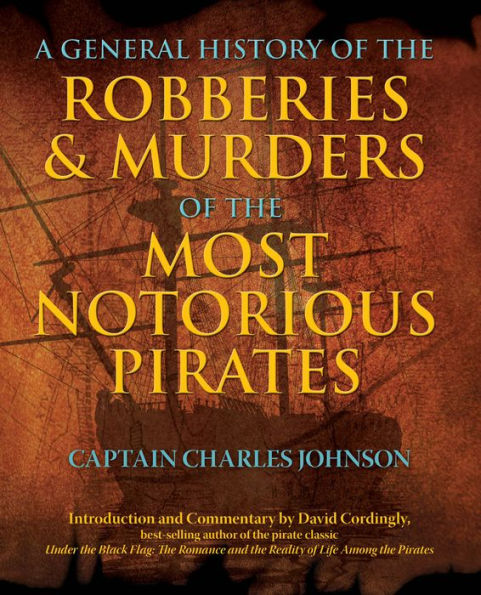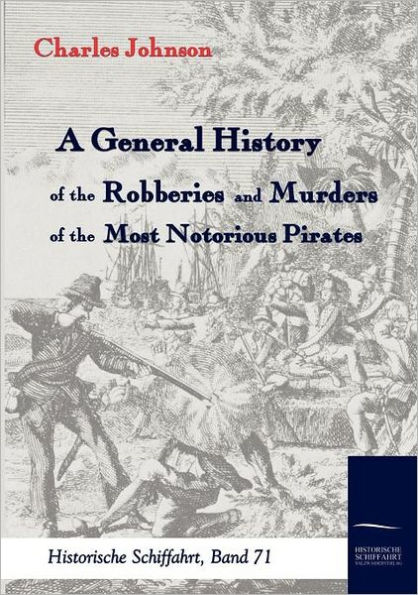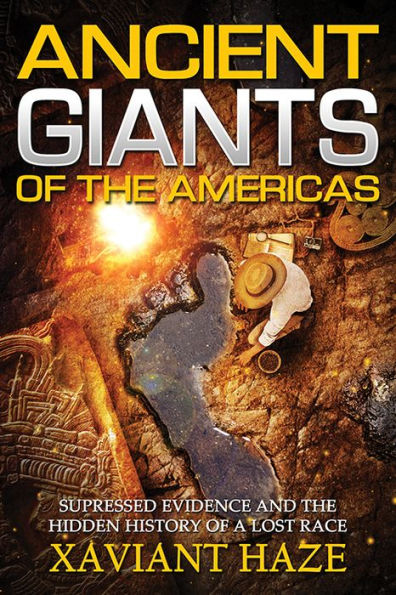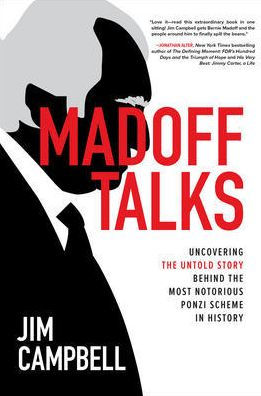Home
Disney's Most Notorious Film: Race, Convergence, and the Hidden Histories of Song South
Barnes and Noble
Disney's Most Notorious Film: Race, Convergence, and the Hidden Histories of Song South
Current price: $28.95
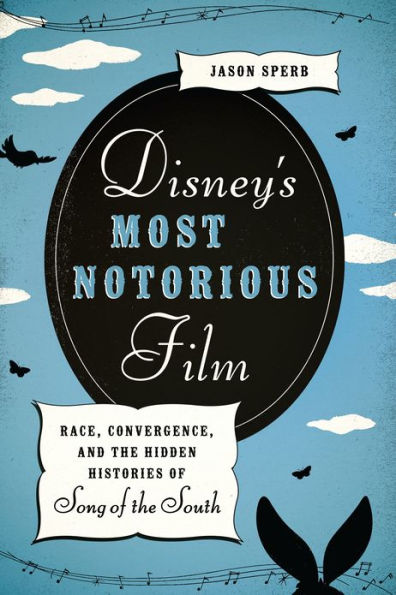

Barnes and Noble
Disney's Most Notorious Film: Race, Convergence, and the Hidden Histories of Song South
Current price: $28.95
Size: Paperback
Loading Inventory...
*Product information may vary - to confirm product availability, pricing, shipping and return information please contact Barnes and Noble
The Walt Disney Company offers a vast universe of movies, television shows, theme parks, and merchandise, all carefully crafted to present an image of wholesome family entertainment. Yet Disney also produced one of the most infamous Hollywood films,
Song of the South
. Using cartoon characters and live actors to retell the stories of Joel Chandler Harris,
SotS
portrays a kindly black Uncle Remus who tells tales of Brer Rabbit, Brer Fox, and the “Tar Baby” to adoring white children. Audiences and critics alike found its depiction of African Americans condescending and outdated when the film opened in 1946, but it grew in popularityand controversywith subsequent releases. Although Disney has withheld the film from American audiences since the late 1980s,
has an enthusiastic fan following, and pieces of the filmsuch as the Oscar-winning “Zip-a-Dee-Doo-Dah”remain throughout Disney’s media universe.
Disney’s Most Notorious Film
examines the racial and convergence histories of
to offer new insights into how audiences and Disney have negotiated the film’s controversies over the last seven decades. Jason Sperb skillfully traces the film’s reception history, showing how audience perceptions of
have reflected debates over race in the larger society. He also explores why and how Disney, while embargoing the film as a whole, has repurposed and repackaged elements of
so extensively that they linger throughout American culture, serving as everything from cultural metaphors to consumer products.
Song of the South
. Using cartoon characters and live actors to retell the stories of Joel Chandler Harris,
SotS
portrays a kindly black Uncle Remus who tells tales of Brer Rabbit, Brer Fox, and the “Tar Baby” to adoring white children. Audiences and critics alike found its depiction of African Americans condescending and outdated when the film opened in 1946, but it grew in popularityand controversywith subsequent releases. Although Disney has withheld the film from American audiences since the late 1980s,
has an enthusiastic fan following, and pieces of the filmsuch as the Oscar-winning “Zip-a-Dee-Doo-Dah”remain throughout Disney’s media universe.
Disney’s Most Notorious Film
examines the racial and convergence histories of
to offer new insights into how audiences and Disney have negotiated the film’s controversies over the last seven decades. Jason Sperb skillfully traces the film’s reception history, showing how audience perceptions of
have reflected debates over race in the larger society. He also explores why and how Disney, while embargoing the film as a whole, has repurposed and repackaged elements of
so extensively that they linger throughout American culture, serving as everything from cultural metaphors to consumer products.
